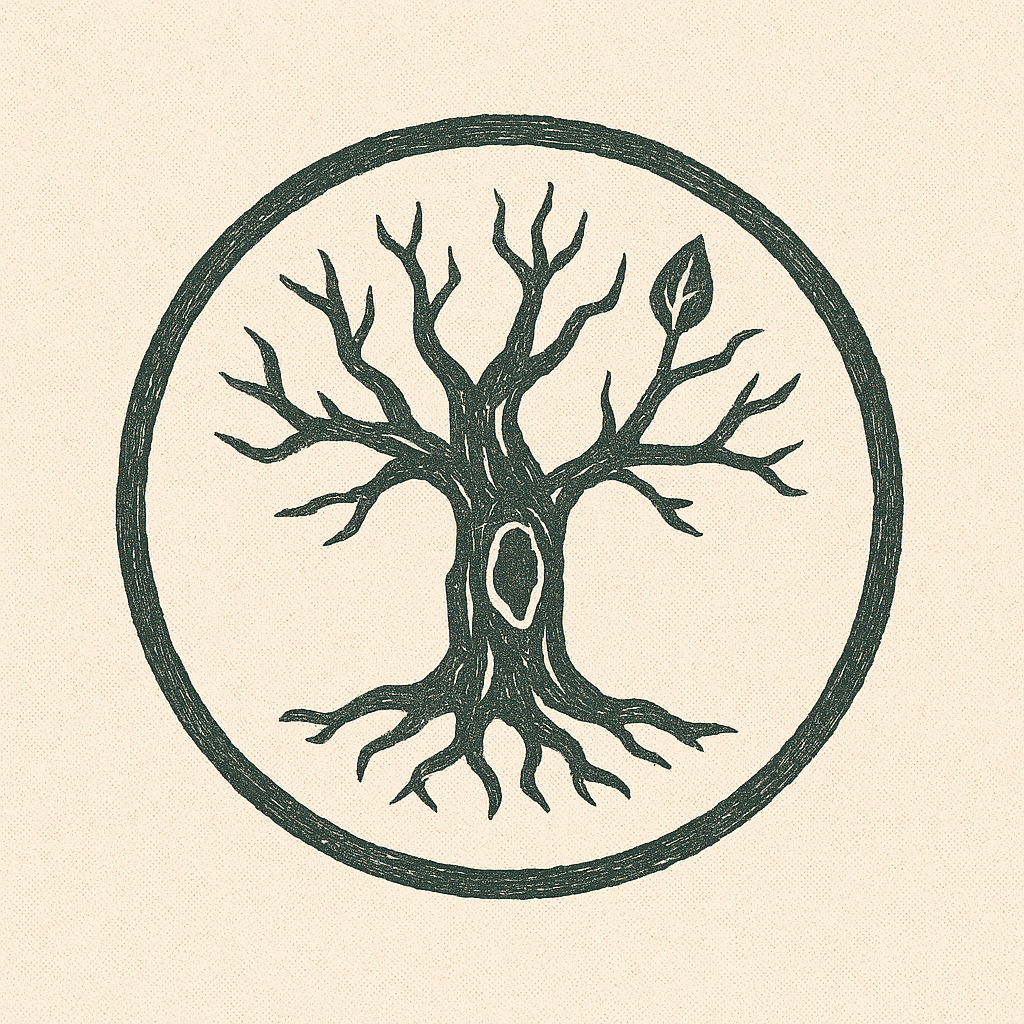Rahkin
God of Disease and Decay
Description of the Church
The Church of Rahkin, called The Pale Doctrine, is a feared and misunderstood institution devoted to the inevitable forces of decay, disease, and entropy. But it is not a cult of evil—it is a recognition of truths others refuse to face: that all things rot, and that there is a sanctity in endings. Followers of Rahkin do not celebrate suffering—they study it, prepare for it, and tend to it. Many work as plague doctors, morticians, and disease-seers. Others delve into spiritual decay—purging corruption from within communities through exorcism, confession, or cleansing. To the devout, Rahkin is the god who teaches through decline, who shows the hidden rot beneath gilded surfaces, and who offers freedom through surrender to impermanence.
Core Beliefs
- All things must break down, and decay is part of divine order.
- Disease is a message, a sign of imbalance or hubris.
- Corruption hides in what is unexamined.
- To fear death is to fear truth.
- Purification requires suffering, and that is holy work.
Religious Structure
The Pale Doctrine is structured like an order of silent physicians and grief-keepers.
- The Mortis Voice – The high confessor of Rahkin’s temple-hospice network, known for eerie calm and ritual command.
- Rotseers – Priests who interpret symptoms, plague signs, and spiritual corruption.
- White-Cloaks – Plague doctors and wandering healers who wear ritual masks and tend to the dying.
- Bonewalkers – Morticians who prepare the dead and study decomposition rites.
- Fleshbound – Initiates who undergo ritual infection, scarification, or trial-by-decay.
Rituals and Practices
- The Veil-Walk – A rite where a supplicant walks through the domain of disease to face their fears.
- Confession by Fever – A guided ritual of sweat, hallucination, and confession, believed to burn out spiritual rot.
- The Ashwake – A funerary practice involving the burning of personal belongings to free the soul of earthly burdens.
- The Pestilent Vigil – A long ritual night where followers wait with the sick, reciting litanies and applying poultices.
Followers
- Plague doctors and morticians, dedicated to end-of-life service.
- Healers of last resort, who take on cursed or contagious cases others refuse.
- Grief-workers, tending to spiritual and communal sorrow.
- Prophets of decline, warning of hubris and overgrowth.
Conflict and Controversy
Despised by most other churches, especially those of Hiruwen and Elaith. Respected, begrudgingly, by some sects of Vaksyrna for accepting death as part of the cycle. Misunderstood as nihilists, though many are devout in their care. Divided between:
- Purifiers, who treat decay as a cleansing fire,
- and Acceptors, who embrace rot as sacred truth.
Temples
Temples are often built on graveyards, plague sites, or quarantined ruins. They are solemn, clean, and always prepared for death. Common features include:
- The Mask Hall, filled with ritual masks representing different plagues and fates.
- The Ashgarden, where burned offerings and rites are performed.
- The White Chamber, for isolation, prayer, and final confessions.

Symbol: A withered tree, its trunk hollow and its branches twisted, with a single healthy leaf at the tip.
Meaning: The truth of decay, and the hidden seed of rebirth within it.
Children



Comments